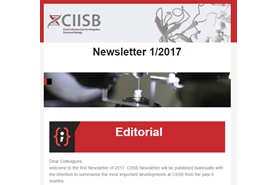Germany Becomes 17th Instruct-ERIC Member
Germany has joined as the 17th Member of Instruct-ERIC. Researchers in Germany can now receive funded access to structural biology technology and services across Europe. Existing Instruct centres and members will now be able to collaborate with researchers in Germany through access visits, training courses, and hosted via internships and R&D Calls. The addition of Germany as a member is also a huge boost to Instruct: facilities across Europe can now collaborate with the excellent scientists in the country, and Germany is making progress towards also establishing a centre within Instruct. Prof. Harald Schwalbe, Instruct Director, said: "Scientific institutions and companies in Germany have contributed significantly in recent years to the development and establishment of structural biology methods and technologies. We will establish in Germany a network of Instruct centres with associated laboratories that meet European standards, which in turn will allow access to all facilities, across locations."
